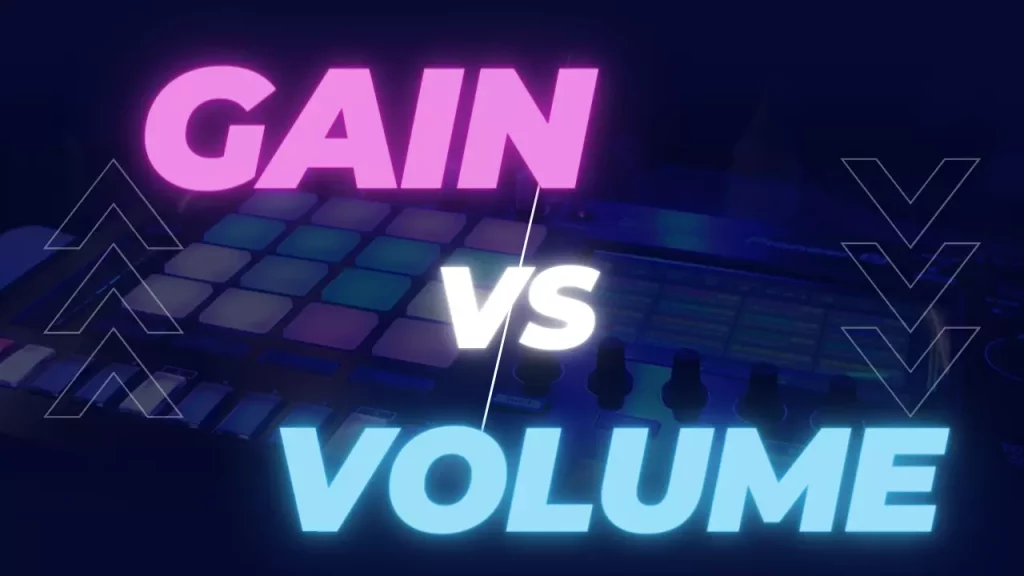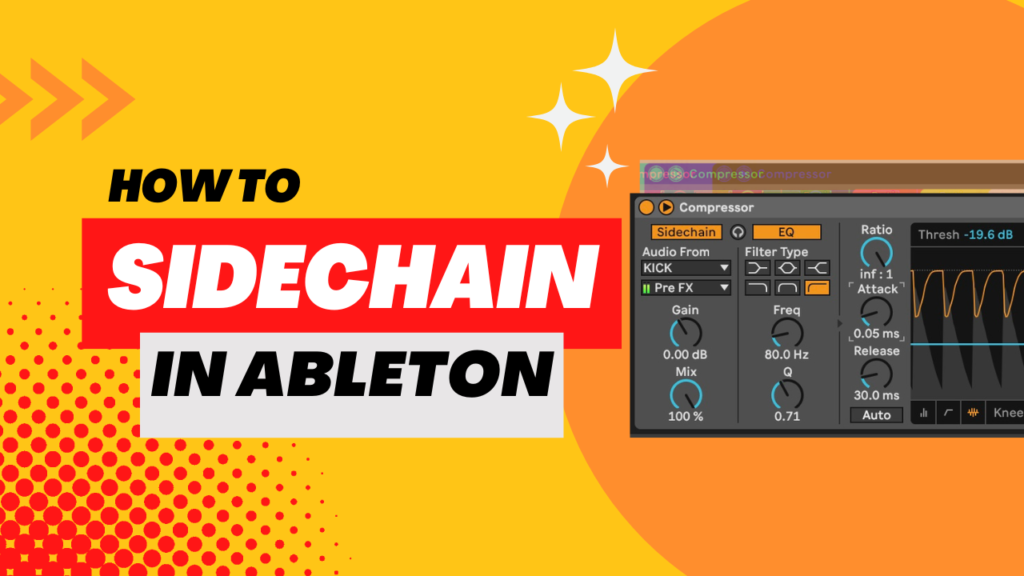Table of Contents
Gain vs Volume
Volume is a system’s output level. Gain is a signal’s level going into a component (like an amplifier, interface, or plugin). Gain can affect tone (for example, by adding distortion) as components color signals differently at higher input levels. Volume does not affect tone, only output loudness.
What is Volume?
Volume is a measure of the level of a sound at output. It is a specific, quantitative measurement of the output signal level of a sound system. A volume control adjusts the power to an output speaker. It controls the overall output volume.
Some examples, everyone is likely familiar with:
On a guitar amp, the master volume knob controls how loud the amp plays.
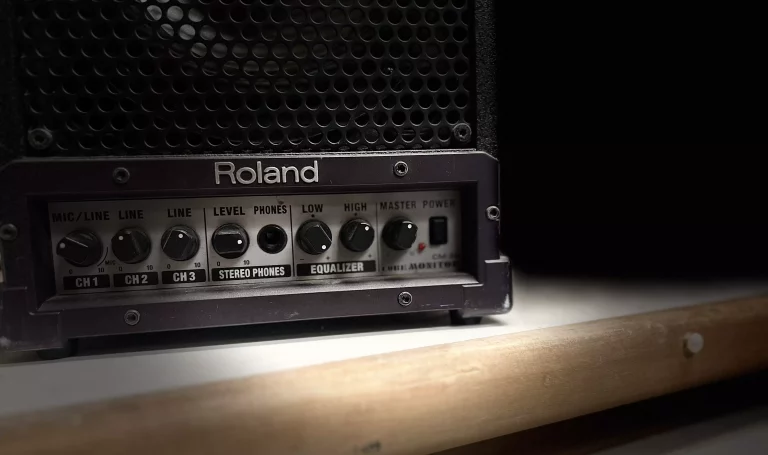
In your car, the volume controls how loud the music plays.

On your computer or phone, the volume is how loud the speakers play
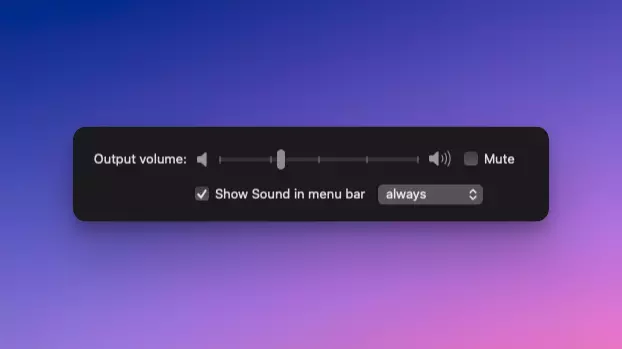
In your DAW the master volume control affects how loud the track plays.
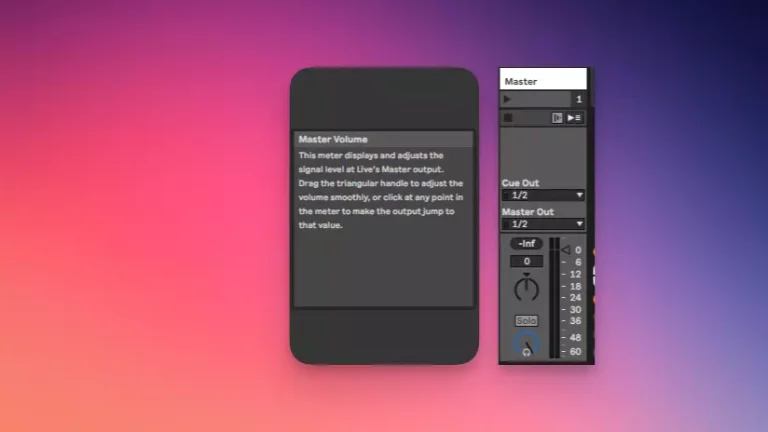
Ways to Measure Volume
Analog vs Digital Volume Levels

What Is Gain?
Gain is the level of a signal going into a component (like a guitar amplifier, audio interface, or plugin).
What is Gain Used For?
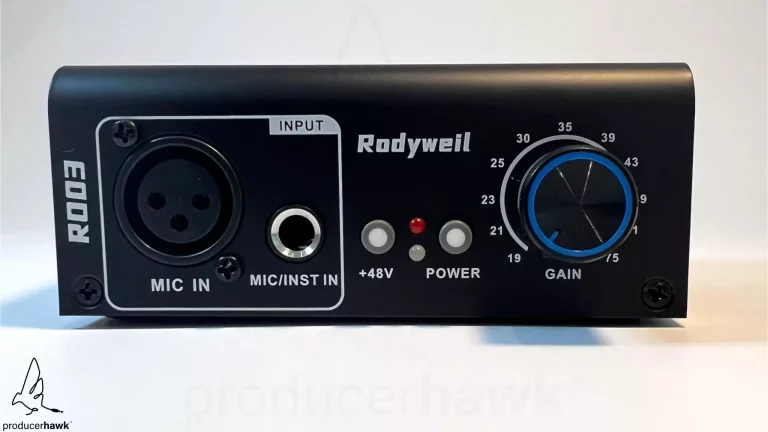
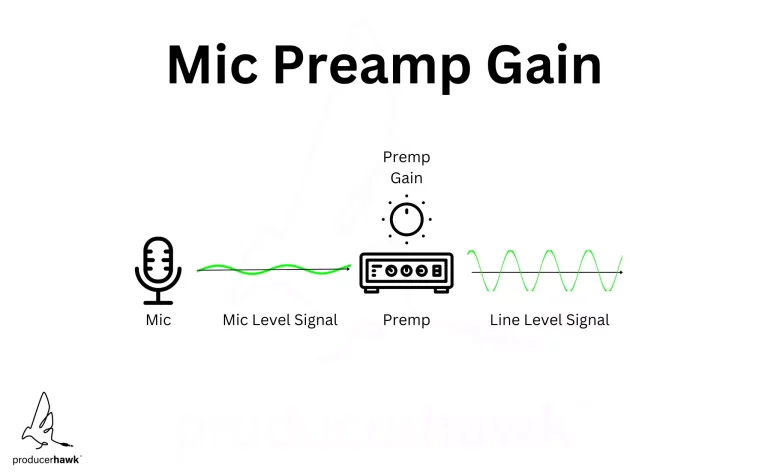
Now, think about your guitar amplifier. Usually, they have both a Gain knob and a Volume knob. They may even be right next to each other!
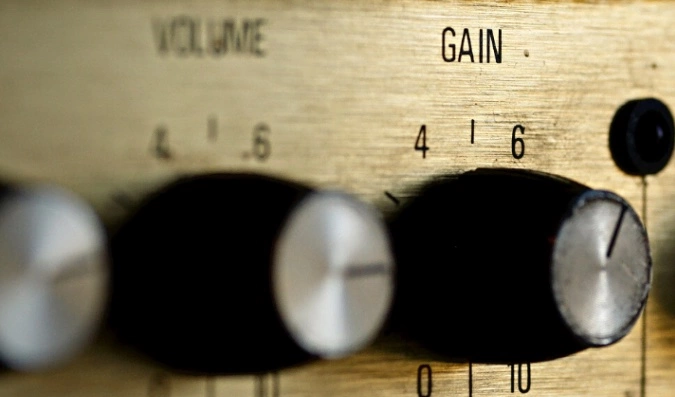
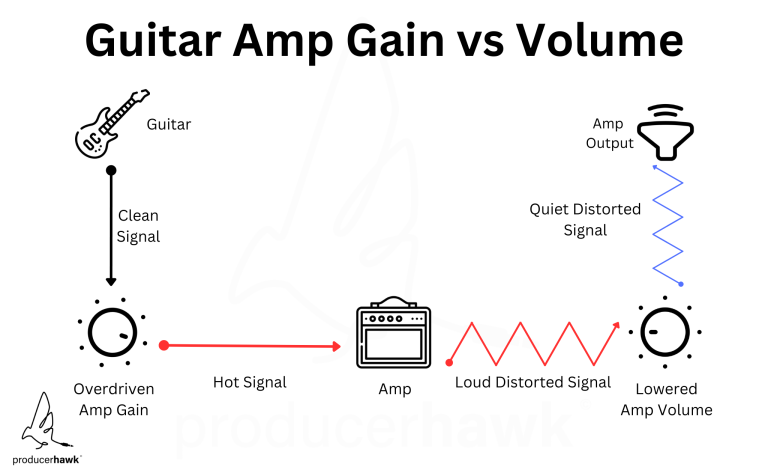
Gain vs Volume: Why All the Confusion?
Now you know the difference between Gain and Volume. But why is there so much confusion? Why are the two terms used interchangeably, when Gain and Volume are so different?
Low Gain and Digital Components
What about Makeup Gain?
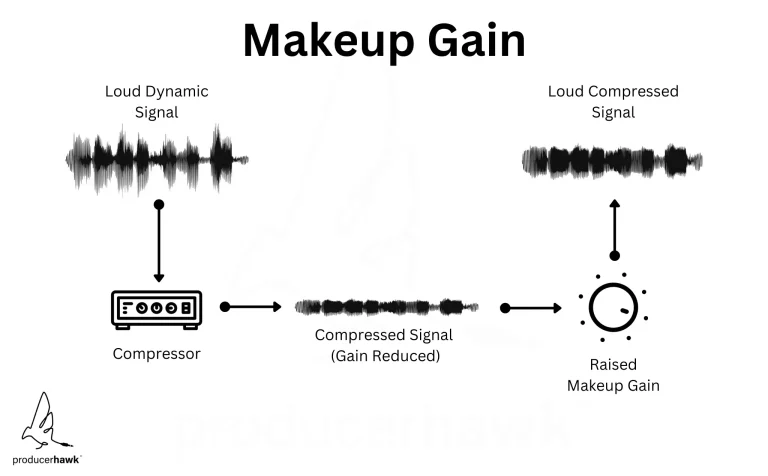
Other Definitions
Lazy Labels
Some guitar amplifiers use the word “Gain” to mean “Distortion.” That effect is made by turning up the Gain so the circuitry couldn’t cleanly process the sound. Distortion pedals still work this same way. While Gain is often used to make distortion, it definitely is not the same thing as distortion.
What is Gain Staging?
Comparison of Gain vs Volume
| GAIN | VOLUME | |
|---|---|---|
| Controls | Level going into a component | Final output level from a system |
| Signal Path Location | Before a component's processing | After all processing |
| Can Affect Tone | Yes | No |
| Measured In | dBFS / dBu | dBFS / dBu |

